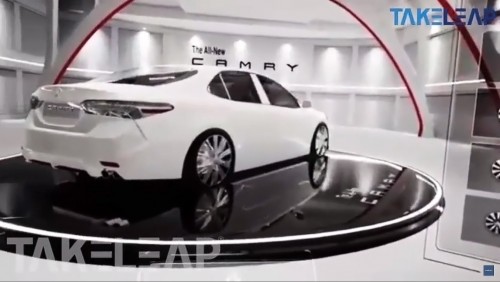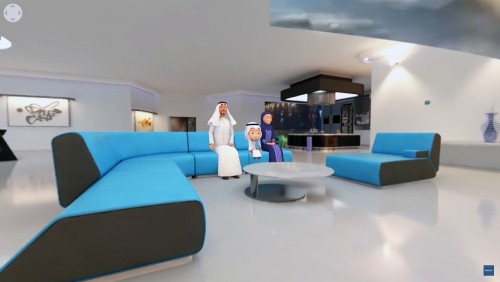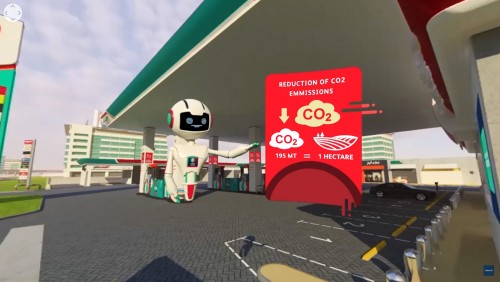VR in Tourism: The Ultimate Tool to Enrich your Travel Experience

3D Environment & Realistic Experience
VR is able to create an environment that seems real. It does this by displaying a computer-generated simulation of a three-dimensional image with sound and other sensory elements. This 3D environment makes it possible for users to interact with different objects, people, and settings as if they were really there. Since VR allows for such a realistic experience, people find it easier to engage with content. This means that VR is a great tool for museums and exhibition organizers to provide a more engaging experience to visitors. Tourists can use VR to explore the exhibits and gain a better understanding of the artifacts on display.
Improved User Experience
VR provides a better user experience (UX) in a number of ways. Firstly, people can choose the environment they wish to explore – be it the pyramids in Egypt or the Great Barrier Reef in Australia. They can also use VR to choose the time of day and the weather conditions. This enables them to create the perfect experience for themselves. In addition, VR offers a personalized experience. For example, if you are traveling with a group of people, everyone can create an avatar of themselves. This makes exploring the virtual environment much more engaging as people can interact with each other as if they were in the same place.
Virtual Tours as a Marketing Tool
Businesses can use VR tours to promote their products and services. They can create a virtual experience for their products such as hotels, restaurants, and amusement parks. This way, customers can get a feel for what they are going to experience before they even visit the site. Tourism boards and travel agencies can also use VR tours to market their destinations. VR tours are a great marketing tool because they can be accessed from any device with an internet connection, which means they can be shared with a wider audience. Plus, they can be shared across different social media channels, meaning that they can reach a wider audience.
Improving the Travel Experience
VR can help tourists to experience things that would otherwise be impossible. With VR, people can visit places thousands of miles away as if they were really there. For example, people who are interested in traveling to the pyramids of Egypt can use VR to explore these ancient structures before actually visiting them. This enables them to create their own itinerary and make the most of their limited time in the country. They can also explore other parts of the world that they would like to visit, such as the Great Barrier Reef or the Grand Canyon.
Help in Timing & Route Planning
VR tours can be used to help you better plan your travel itinerary. You can research online to find different VR tours of places you want to visit. Once you select the ones you like, you can view the timings and find out the best time to visit those places. This can help you avoid long queues and crowds while also enabling you to explore more. If you are traveling with a group, you can use VR tours to create a shared experience. You can select a tour and have each person in the group view the same tour. This can help you to discuss the travel plan as a group and also help you to learn more about the places you are visiting.
Conclusion
VR can enrich the travel experience in a number of ways. It can help you explore different places around the world and also interact with various people and objects. VR can be used to create a virtual environment that seems real. It enables users to experience things that would otherwise be impossible.







 Call
Call
 Mail
Mail